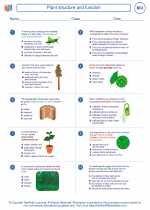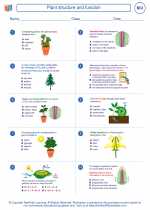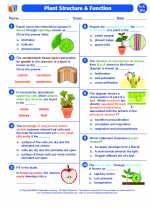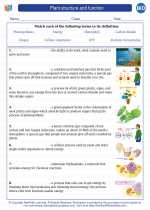Phases of the Moon
The moon goes through different phases as it orbits the Earth. These phases include new moon, waxing crescent, first quarter, waxing gibbous, full moon, waning gibbous, third quarter, and waning crescent. The phases are a result of the relative positions of the Earth, moon, and sun.Moon's Impact on Earth
The moon's gravitational pull on Earth causes the ocean tides to rise and fall. This phenomenon is known as tidal forces. The moon also stabilizes Earth's axial tilt, which has contributed to the planet's climate stability over millions of years.Moon's Formation
The leading theory for the moon's formation is the giant impact hypothesis, which suggests that the moon was formed from debris resulting from a collision between Earth and a Mars-sized protoplanet called Theia.Surface Features
The moon's surface is characterized by various features such as craters, maria (large dark plains), highlands, and rilles (long, narrow depressions). These features have been shaped by volcanic activity, impact cratering, and other geological processes.Exploration of the Moon
The moon has been the subject of numerous exploratory missions, including the Apollo missions by NASA, which landed astronauts on the lunar surface. More recently, robotic missions by various space agencies have provided valuable data about the moon's composition and history.Moon in Culture and Mythology
Throughout history, the moon has been a symbol of mystery, beauty, and inspiration in various cultures. It has been associated with deities, folklore, and artistic expression, and continues to captivate human imagination.Conclusion
[Moon] Related Worksheets and Study Guides:
.◂Biology Worksheets and Study Guides High School. Plant structure and function
Worksheet/Answer key Plant structure and function
Plant structure and function  Worksheet/Answer key
Worksheet/Answer key Plant structure and function
Plant structure and function  Worksheet/Answer key
Worksheet/Answer key Plant structure and function
Plant structure and function  Worksheet/Answer key
Worksheet/Answer key Plant structure and function
Plant structure and function  Vocabulary/Answer key
Vocabulary/Answer key Plant structure and function
Plant structure and function  Vocabulary/Answer key
Vocabulary/Answer key Plant structure and function
Plant structure and function 

 Worksheet/Answer key
Worksheet/Answer key
 Worksheet/Answer key
Worksheet/Answer key
 Worksheet/Answer key
Worksheet/Answer key
 Vocabulary/Answer key
Vocabulary/Answer key
 Vocabulary/Answer key
Vocabulary/Answer key

The resources above cover the following skills:
Concepts of Life Science (SC1, SC2, SC3)
The student demonstrates an understanding of the structure, function, behavior, development, life cycles, and diversity of living organisms by describing the structure-function relationship